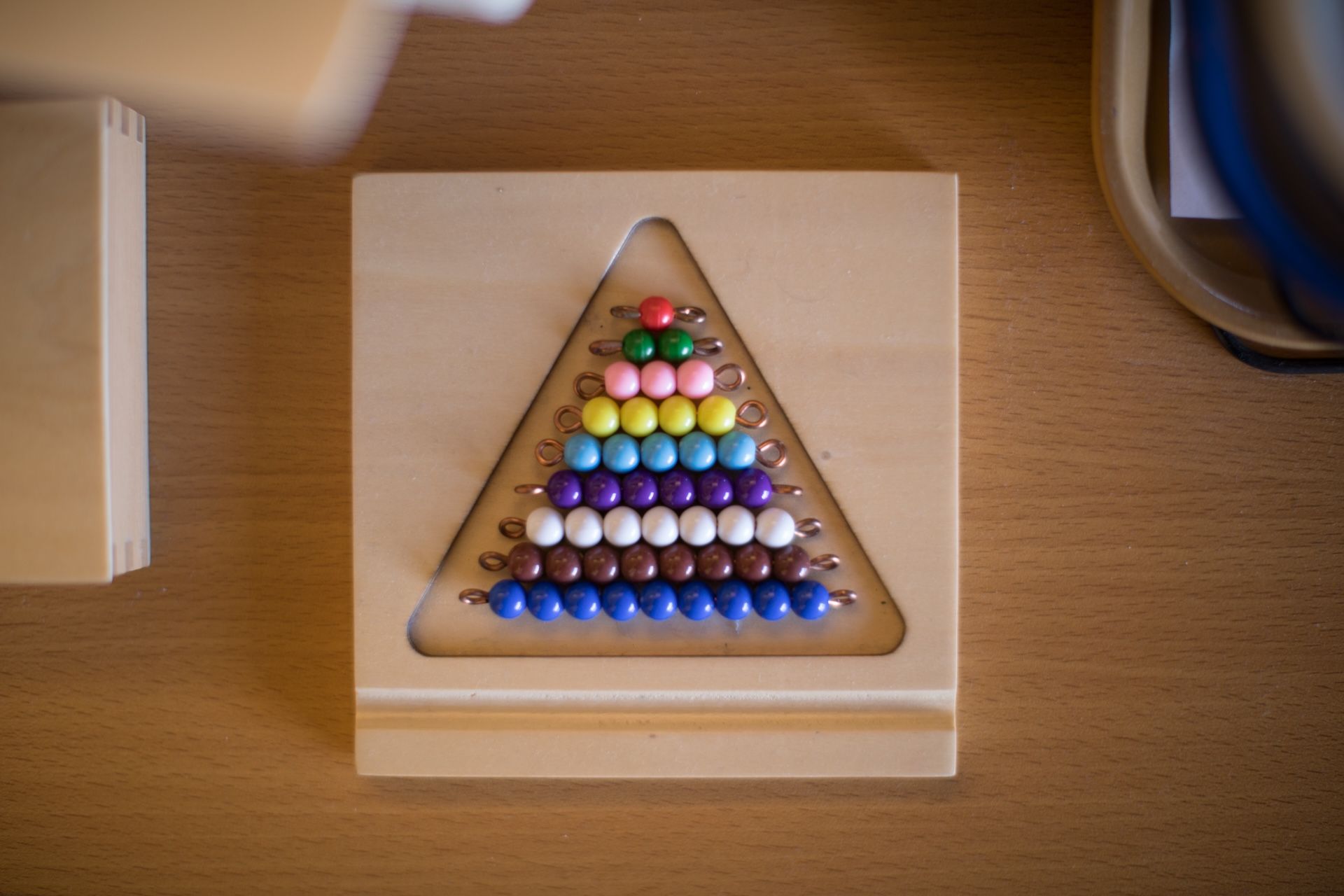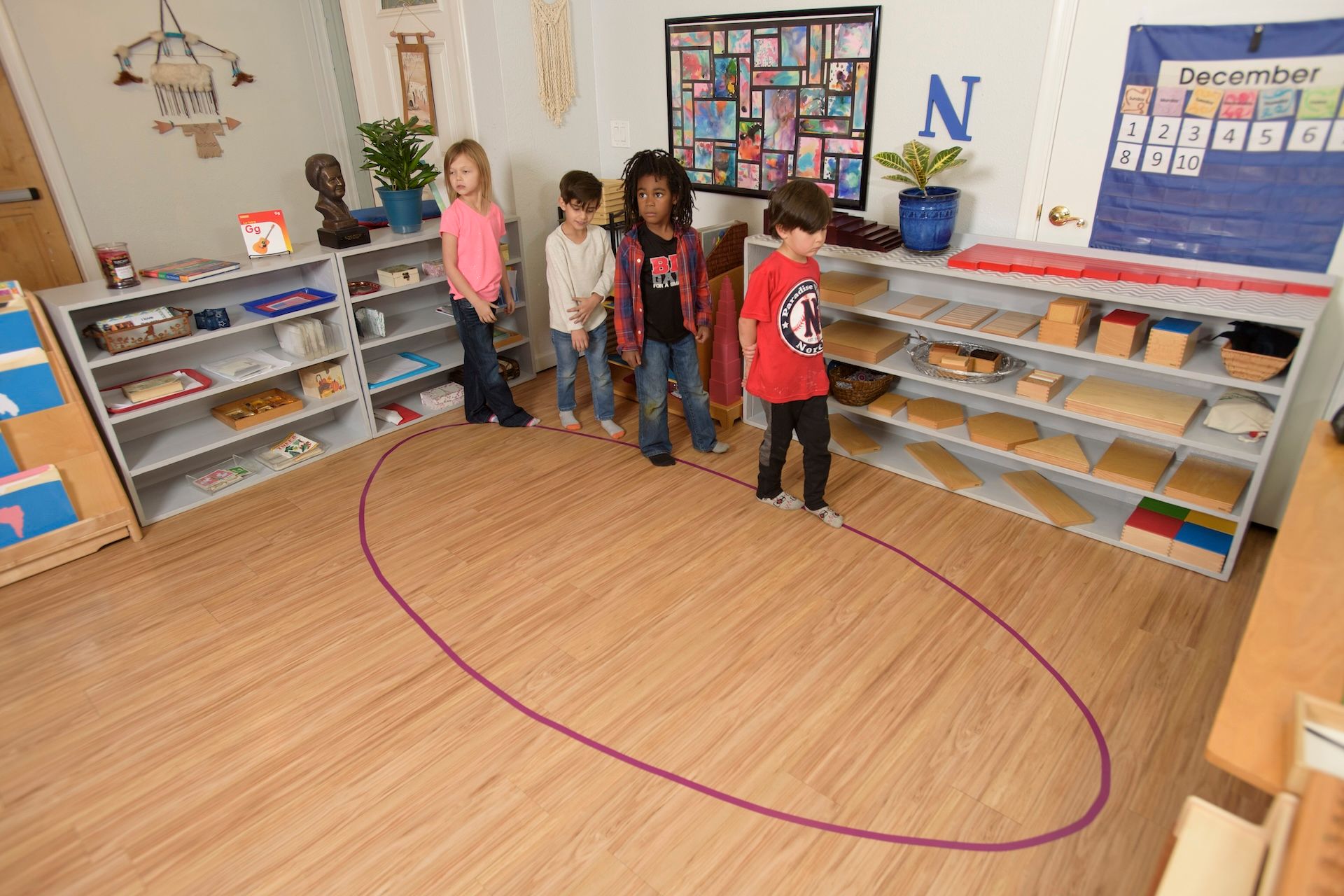What is the Montessori method? It’s a common question, and the name doesn’t provide much insight. There’s much confusion as to what Montessori education is and isn’t. Some people believe that a Montessori method means never telling a child “no” or that the children are left in an undisciplined environment with passive instructors to flounder. Nothing could be further from the truth .

Simply put, Montessori education is a method that scales domestic life to a child’s size and encourages children to direct themselves. Its founder, Dr. Maria Montessori, refers to this as the “process of auto-education” in her handbook, and it is the most important aspect of Montessori education. The ideology itself is only about 100 years old. Dr. Montessori founded her first school in 1907 , providing education to low-income districts in Rome and working with children who were previously deemed beyond reach by other educators. She believed–and ultimately proved–that children are far more capable of taking on personal responsibility and education than anyone had previously believed possible. She saw children as sponges who best-absorbed information through observation and modeling. The best way to teach children, then, was to give them spaces with many different possible activities and provide limited direction and instruction. This can seem confusing and unstructured, especially if you only remember sitting through lectures desperate for recess. Children around the world have had strong, positive responses to the Montessori method. More than one long-term study has demonstrated positive outcomes for Montessori students in everything from standardized test scores to college success.
The methods of execution have seen some variation over time, but the fundamentals have remained largely unchanged since its inception. Dr. Montessori’s techniques center around three different areas or types of learning:
- Motor Education : Developing dexterity in the hands, these activities focus on fine motor skills. These usually mimic everyday tasks, like doing up buttons or lacing shoes.
- Sensory Education : Understanding the way objects exist in space and mastering the use of the different senses in critical thinking. These usually involve sorting and arranging in specific configurations and provide concrete evidence of an error to the learning child.
- Language: Learning letters and their arrangements is a method to acquire written words and speech. Tactile versions of letters are available, and the written word can be viewed all around the room.
Montessori classrooms are usually active places, especially compared with a traditional classroom. Children work in small groups or independently on different activities that they find to be the most engaging at that moment. Everything is smaller, specially designed for little hands. Cubbies and cabinets are low and open so that all materials are accessible to students as they wish. Children are typically not forced to do any one thing and are encouraged to repeat the same thing as much as they want until the child feels like they’ve mastered each step. Montessori instructors are trained to be patient and nurturing and to give the child as much leeway as possible for critical thinking before attempting to correct or remind. There are rules in every classroom about how this should be handled, how words should be used, and what is and isn’t appropriate. The enforcement typically is not punitive (e.g. taking away toys or putting children in “time out”) but means getting at the child’s level and providing information about why these activities are inappropriate and how they can be more responsible and respectful towards the world around them.
The Montessori method may feel like a different planet altogether, but this is exactly what education needs right now. The tendency to cater towards specific tests instead of giving children the freedom to learn and explore has caused problems in college and workforce readiness and doesn’t provide a sense of personal responsibility. The fundamentals of Montessori education are based on taking on autonomy and responsibility for the sake of personal satisfaction, a lesson that applies throughout life. The Montessori environment is an excellent place for a child to experience and master the world around them.
The post Montessori Education Basics appeared first on Pebblecreek Montessori.
Hours
MONDAY - FRIDAY
HALF DAY: 8:30a – 12 noon
ACADEMIC DAY: 8:30a – 3:30p
EARLY CARE: 7:00a – 8:30a
AFTER CARE: 3:30p – 6:00p
OFFICE: 8:00a - 4:00p
Programs
Connect
Pebblecreek Montessori




